Alright – so today we’ve got the honor of introducing you to Anna Blake. We think you’ll enjoy our conversation, we’ve shared it below.
Anna, appreciate you joining us today. It’s always helpful to hear about times when someone’s had to take a risk – how did they think through the decision, why did they take the risk, and what ended up happening. We’d love to hear about a risk you’ve taken.
The risk was not my decision. I was born on a farm and my first words were “I’ll do it myself.” My mother’s health was such that she didn’t want me underfoot and farmers are lousy babysitters by definition, so I spent my days running wild with the animals. My first babysitter was a tall gray mare. They put me on her back when I was in the way at sheep-shearing time. She was too tall to jump from, and she only walked no matter how I kicked. She had a dicey reputation, so naturally, I thought I was special.
If you haven’t lived on a farm, you might not know that it’s all a gamble. Crops fail, animals get sick, and accidents happen. It always felt like survival, but I was precocious and extremely independent. My family lost our farm when I was nine, but by then (if it can be said of someone that age) I was set in my ways. My family’s term for my behavior was more colorful.
I left home at 17 and decided against college. I chose art as a career, almost on a whim. No one thought it was a good idea, but I reasoned it wasn’t riskier than farming, and working for myself seemed reasonable. It was like farming art.
Answering this question has surprised me. I didn’t expect to go so far back in time. I was raised by people with regrets, and fear of that has always been a huge deciding factor in all my choices. It wasn’t that I wanted an adrenaline rush from risk. It was more that risk was normal. There’s a quote from Marie Lords in 1861. “A cowgirl gets up in the morning, decides what she needs to do, and does it.” It’s also what a woman does, what an artist does, and what I have always done.
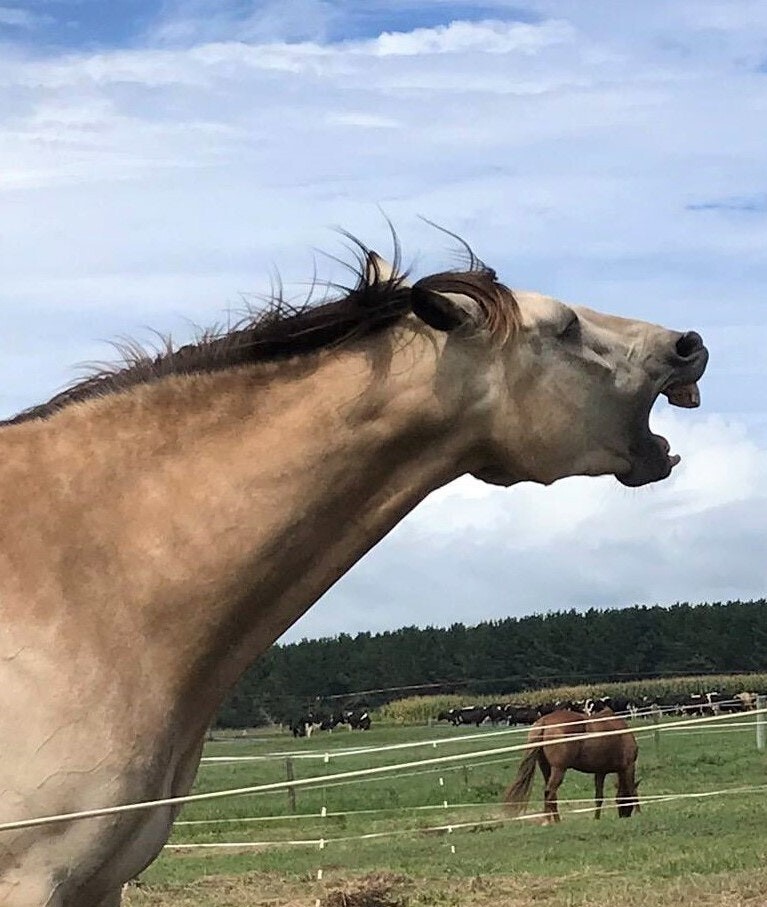
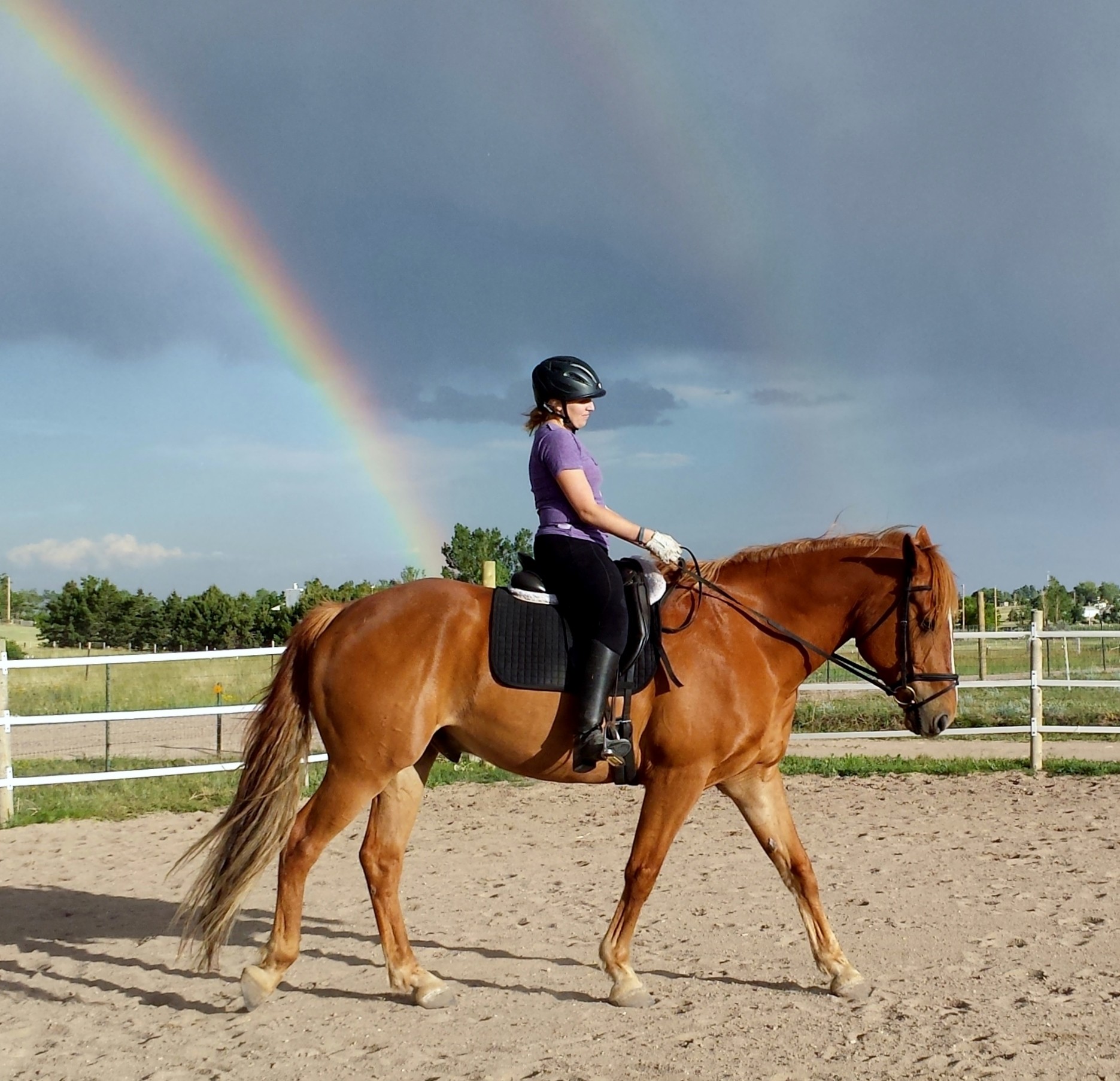
Great, appreciate you sharing that with us. Before we ask you to share more of your insights, can you take a moment to introduce yourself and how you got to where you are today to our readers.
Horses have been the constant in my life. Calling them a passion would be an understatement. After leaving home, selling my art supported us, while I submersed myself in training my horses. I was obsessed with understanding them, so I studied with talented trainers and read everything I could. Some said dominating horses was necessary. I wanted to train with kindness, and my horses blossomed.
It was my plan to be a student of the horse forever. I had no interest in training professionally. Then an irresistible job offer came my way, working with eleven weanlings on a breeding farm. Several were feral mares with foals. I bought trainer’s insurance and never looked back.
They say horse training is an art, and I believe that in a literal sense. What I would say from a business standpoint is that if you are good at something, others will notice. But all work is art if you focus and do your best. It’s how we make our own luck.
By now, I’d moved to a small farm with my horses and dogs, and I was working locally, driving between farms in my truck. I was in my forties. Days were long, the work was physical, and it didn’t pay well. I didn’t care because I was learning, usually working with troubled horses damaged by harsh training. I compared them to my own horses and pretended to be Jane Goodall, doing research. In the quiet isolation, the horse’s language became more eloquent. The more horses I worked with, the deeper my understanding.
I started a blog in 2010 and wrote about horses and their language. I described my Affirmative Training methods and advocated for horses. Finally, the scary day came; the first time I felt a real risk. I took a deep breath and shared my essay on Facebook. Like most horse people, I’m an introvert. I could stack a couple of tons of hay easier than clicking a share button. But I’ve continued, not missing a post each Friday morning for the last thirteen years. I remember hearing somewhere that persistence will get you farther than talent, and it’s worked for me.
A business advisor might have told me to join the video explosion on YouTube. Instead, I worked on improving my writing. Videos show a perfect horse, and I wanted people to imagine what I was saying with their own horse. It was an almost belligerent old-school approach, but readers were having success with their challenges.
Horse trainers like me, living on the Colorado prairie, don’t dream of international travel. We just hope to earn enough to buy hay for our horses, but it was sitting in front of my computer that changed my life unexpectedly. Readers invited me to give clinics in various countries, from Scotland to New Zealand, and states from Florida to Alaska. I’ve published seven award-winning books, including two memoirs, poetry collections, and training manuals. When asked, I started giving writing workshops, too. Most surprisingly, I’ve become a competent public speaker. But I never had a master plan for success. I just kept working with horses and writing about it. Currently, I’m in a conversation with the most terrified horse I’ve ever met. And I still give a little flinch when I hit that share button.
Now that I’m a gray mare myself, it occurs to me it was never about taking risks. It was always about nurturing my curiosity to know more. It helps to ignore advice from unhappy people and be donkey-stubborn.


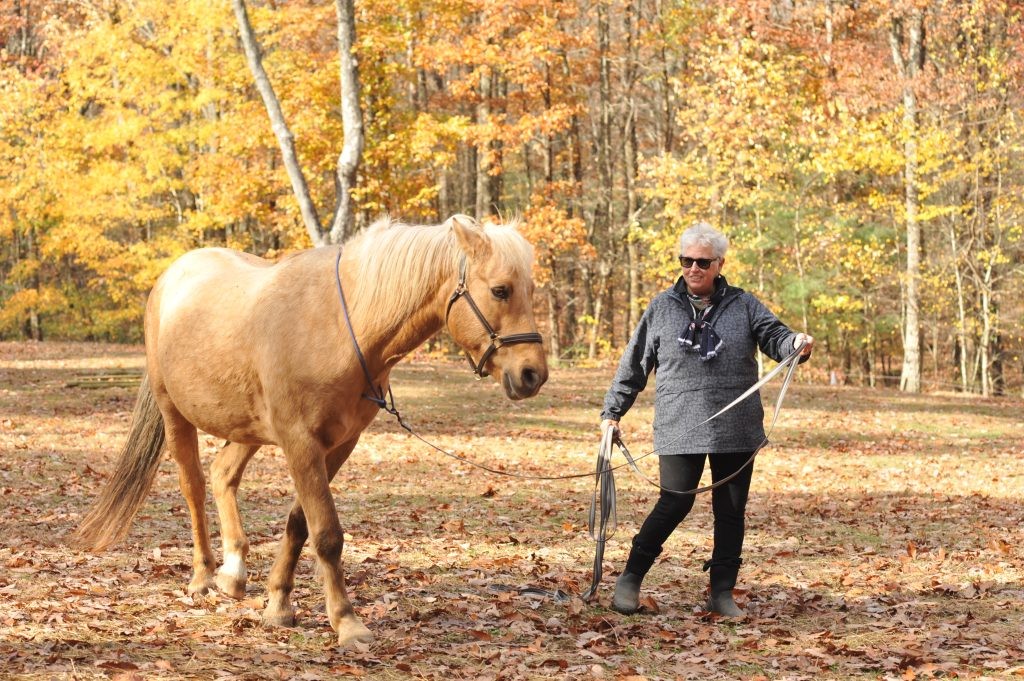
For you, what’s the most rewarding aspect of being a creative?
When I switched from making art to training horses, my clients were disappointed. I told them to consider it a change in media. The best thing about working with horses is that it is all fluid. You never know what will happen, what response the horse will give you. They are intelligent individuals with good long memories. They are always part wild, with a hardwired flight response. We have trained their bodies but often ignored their emotions. So control was not an option. Listening is perhaps the most valuable art of all, and I am thrilled to have the opportunity to learn from horses every day.
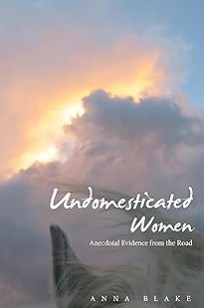

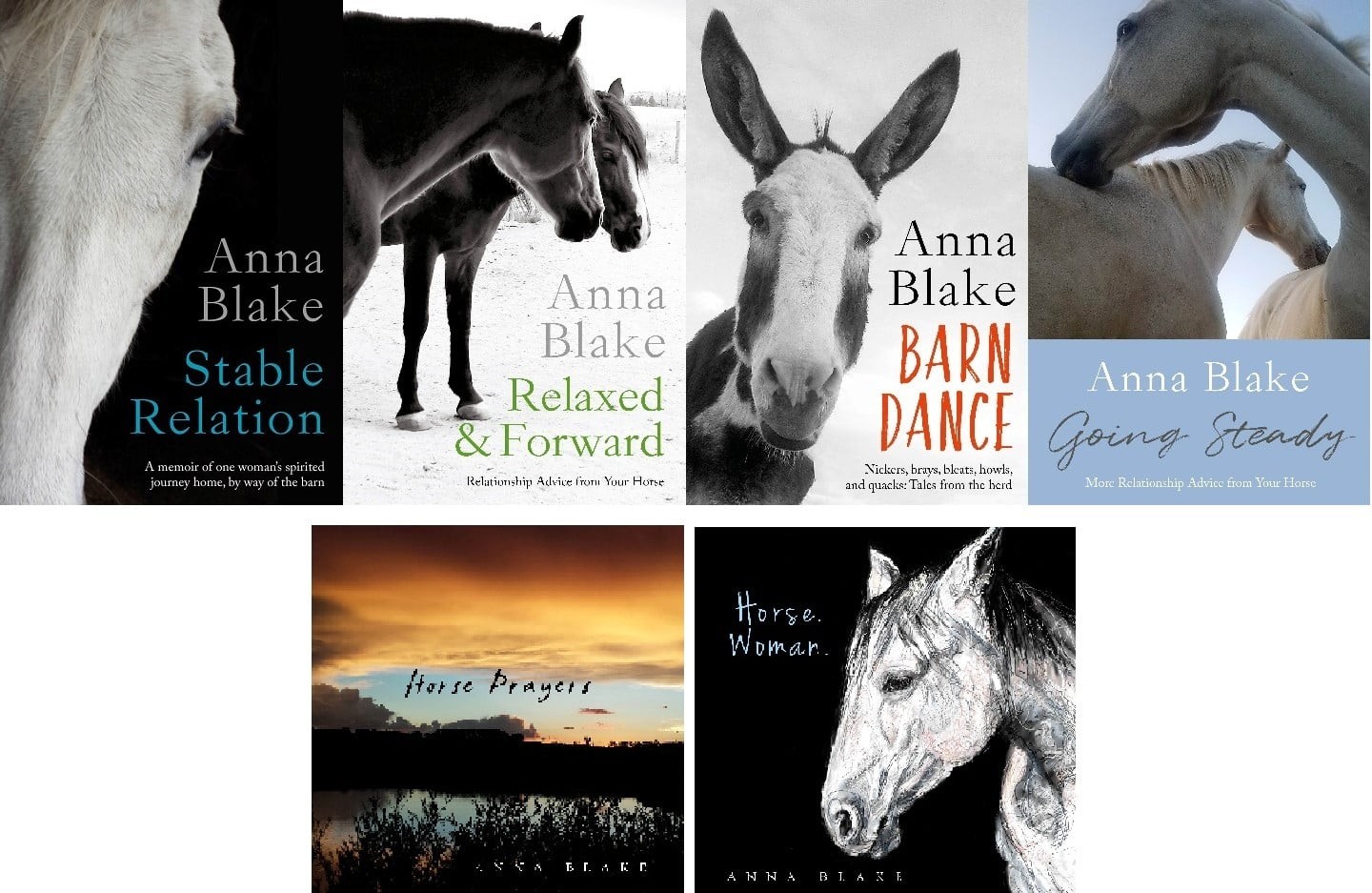
We’d love to hear a story of resilience from your journey.
The most challenging part of my work is witnessing the suffering animals face, often from being misunderstood. Even the best owners don’t want to acknowledge the pain their elders endure. The results of neglect and abuse are hard to see, and horses hold every harsh memory written on their bodies and minds. We have become complacent about the daily cruelty toward animals in our homes, sporting events, and remote pastures.
My first “animal” job was euthanizing dogs at a shelter. I was 19. No one needs to tell me we can’t save them all but I’m haunted. I’ve held the rope while euthanizing horses and donkeys to relieve their suffering more times than I can count. At the same time, they inspire me to continue speaking up for animal welfare across all species.
Being an advocate for animals means saying things people don’t want to hear. I have had to fight for my own voice before I could do the same for horses and other companion animals. Most (92%) horses are owned by women, and like me, they are finding their voice for horses, too. We are in the middle of a paradigm shift in horse training and that is both exciting and challenging. Affirmative change is happening every day.
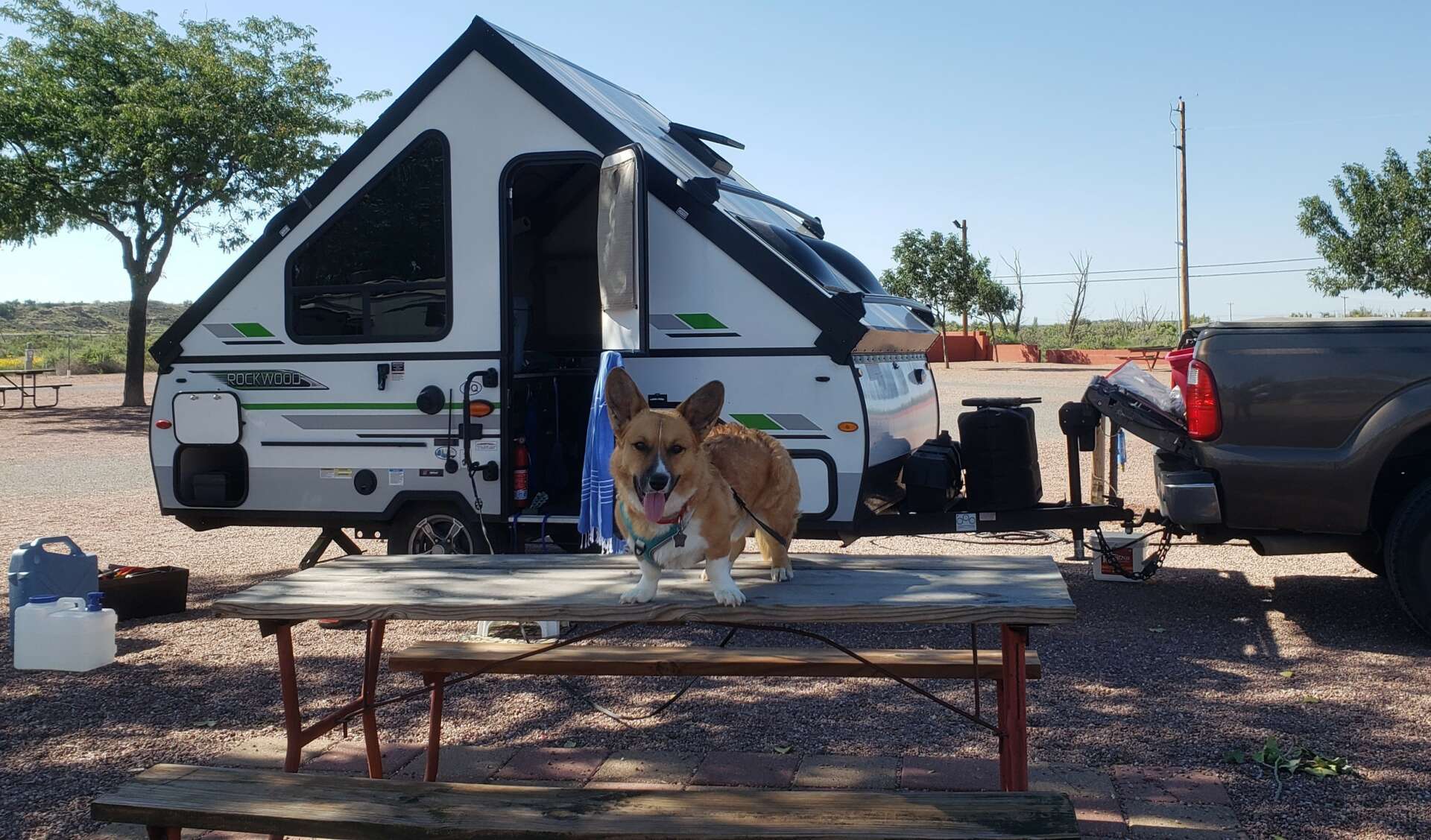
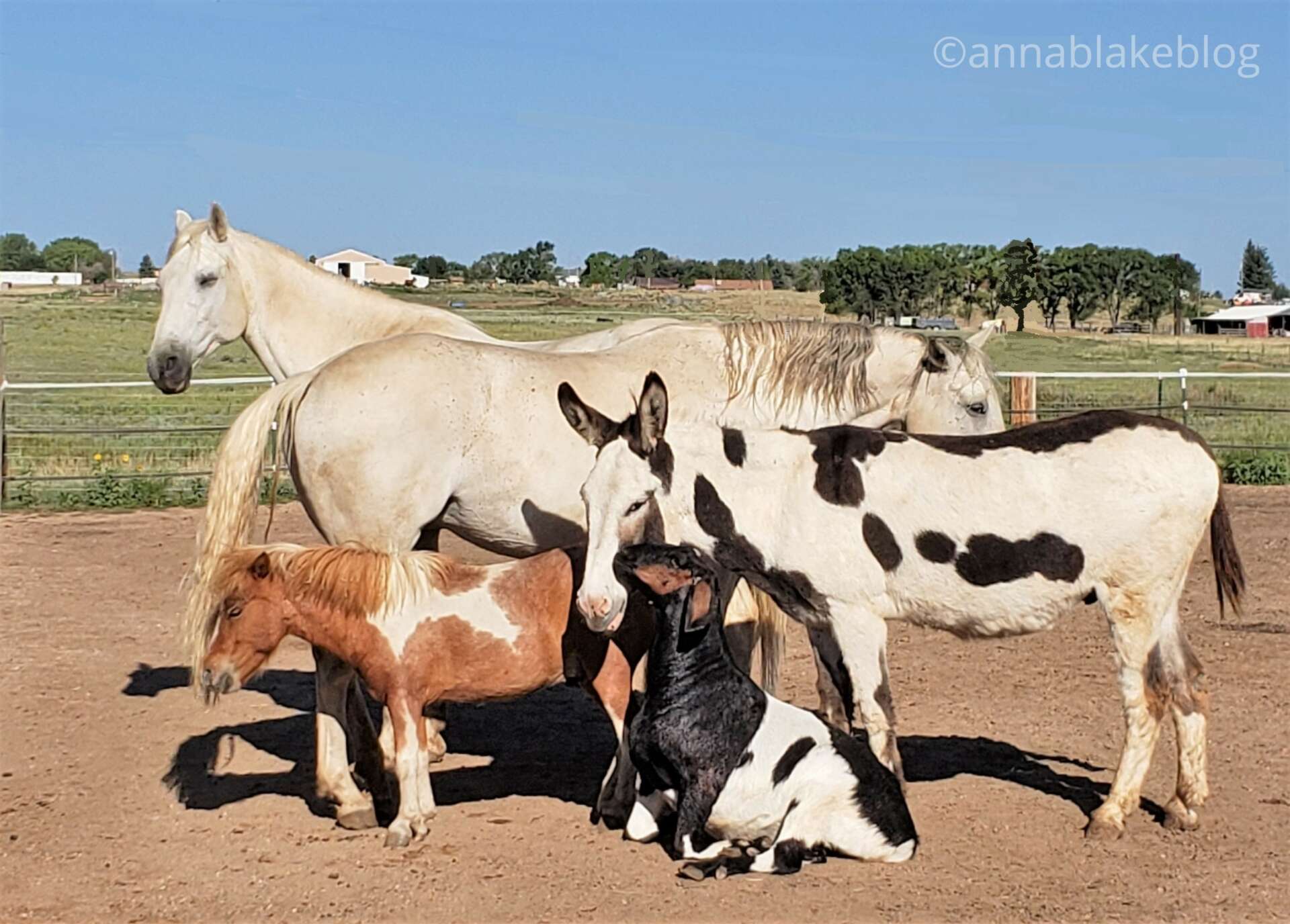

Contact Info:
- Website: https://annablake.com
- Instagram: https://www.instagram.com/annamblake9/
- Facebook: https://www.facebook.com/relaxedforward, https://www.facebook.com/AnnaBlake.Author
- Linkedin: https://www.linkedin.com/in/blakeanna/
- Other: The Barn School: https://relaxedandforward.com/


